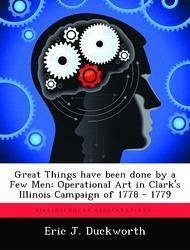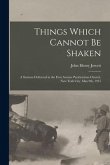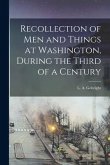Historians generally submit operational art, and modern war for that matter, emerged during the industrial era wars of the nineteenth and early twentieth centuries when national conscription fielded massive armies of corps and divisions. This sustained campaigns of distributed maneuver across broad geographic theaters to achieve intermediate aims. Modern interpretations define operational art as the tactical employment of forces to achieve strategic objectives. Current operational theory concentrates less on large force groupings. Instead, it articulates the interaction between imagination and judgment that determine the intermediate ways to link tactics and strategy. No longer the purview of generals, American brigade and battalion commanders increasingly employ operational art. They execute campaigns with implications spanning all levels of war. Historical vignettes depicting field grade commanders using operational art are sparse. But the practice is not new to American military history. George Rogers Clark's Illinois campaign may provide an example where an eighteenth century field grade theater commander employed operational art using a small, independent force. Lieutenant Colonel George Rogers Clark led a bold campaign to reverse Britain's attempts to destroy Virginia's frontier settlements during the American Revolution. Between 1778 and 1779, he captured the Illinois region with just one hundred and seventy-five men, forced his adversary, Lieutenant Governor Henry Hamilton, into battle and defeated him in a surprise maneuver at Vincennes. This victory saved Kentucky and denied potential British-Indian penetrations east of the Appalachians might have altered critical events leading to Yorktown. This monograph analyzes how Clark linked the tactical employment of forces to achieve strategic objectives. It assesses whether Clark exhibited operational vision. It considers whether his campaign demonstrated the hallmark of operational art. And it evaluates Clark's This work has been selected by scholars as being culturally important, and is part of the knowledge base of civilization as we know it. This work was reproduced from the original artifact, and remains as true to the original work as possible. Therefore, you will see the original copyright references, library stamps (as most of these works have been housed in our most important libraries around the world), and other notations in the work. This work is in the public domain in the United States of America, and possibly other nations. Within the United States, you may freely copy and distribute this work, as no entity (individual or corporate) has a copyright on the body of the work. As a reproduction of a historical artifact, this work may contain missing or blurred pages, poor pictures, errant marks, etc. Scholars believe, and we concur, that this work is important enough to be preserved, reproduced, and made generally available to the public. We appreciate your support of the preservation process, and thank you for being an important part of keeping this knowledge alive and relevant.
Bitte wählen Sie Ihr Anliegen aus.
Rechnungen
Retourenschein anfordern
Bestellstatus
Storno








